Heritage guardians hope appeal for long-lost artefact rings bells with residents
An appeal has been launched to find the long-lost bell which used to sit on the top of Shrewsbury's historic flaxmill.
Watch more of our videos on ShotsTV.com
and on Freeview 262 or Freely 565
The building, which has been the subject of a stunning restoration, is being taken over by English Heritage - from Historic England.
Known as the grandfather of the modern skyscraper the building was lovingly restored before re-opening in 2022, following the £20.7m lottery-funded project.
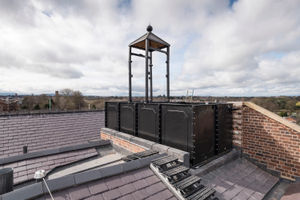
As English Heritage prepares to open the Shrewsbury Flaxmill Maltings, the charity’s first new paid-for site in 21 years, tomorrow- April 1, it has launched an appeal to find the building’s iconic lost bell.
An integral part of Shrewsbury Flaxmill Maltings’ history, English Heritage said the bell is symbolic of the socio-economic change wrought by the Industrial Revolution, of which the design of the groundbreaking flax mill was a key component - providing the blueprint for all modern high-rise buildings and changing the skyline of cities around the world forever.
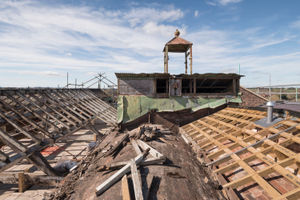
A familiar sound to the residents of Shrewsbury for almost 200 years, the bell would ring out to mark the start and finish of each working day at the Flaxmill and, later, the maltings.
Originally operated by a pull-rope, it changed to an electric chiming mechanism after the Second World War but was lost at some point in the 1980s or 1990s when the building was left derelict following the closure of the business in 1987.
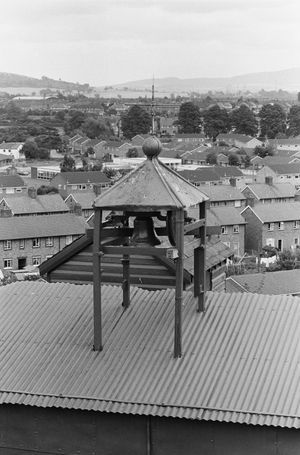
Believed to be around 24 inches in height, the bell is distinctively cast with the year ‘1797’ upon it.
Matt Thompson, Curatorial Director of English Heritage, said: “We believe the bell went missing in the late 1980s or early 1990s, when Shrewsbury Flaxmill Maltings was left derelict.
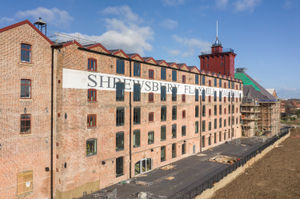
"Whilst it is possible that the bell could have been melted down, it is more likely that someone took it as a souvenir of this imposing, historic building which – at the time – looked close to ruin.
"Maybe it’s sitting in someone’s garden or in a shed now? As Shrewsbury Flaxmill Maltings begins its new incarnation as an English Heritage site, it feels like the right time to appeal for information on the bell’s whereabouts so that we can restore it to its rightful place.”
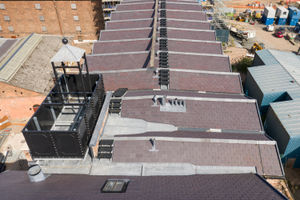
When it opened in 1797, the Flaxmill needed 800 workers and a third of these were children.
Shrewsbury itself was too small to provide that number, so children were brought in from as far afield as London and Hull under the parish apprenticeship system.
Mostly from the workhouses and often orphans, the children were allocated to work at the mill, given housing, food and clothes but not paid wages.
The bell would have called the children in from the Apprentice House nearby.
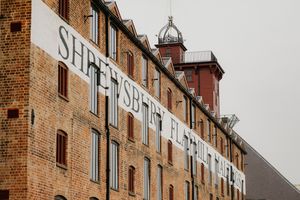
Days were long and conditions often brutal, with testimony from some former child labourers at the mill eventually contributing to the 1833 Factory Act, which restricted the hours that children could work each day.
Mr Thompson continued: “As with much of England’s industrial heritage, Shrewsbury Flaxmill Maltings is a hugely underappreciated historic site.
"As the world’s first multi-storey, iron-frame building, its pioneering design paved the way for modern high-rise buildings and it has rightly been dubbed ‘the grandparent of skyscrapers’. Without Shrewsbury Flaxmill Maltings, today’s cities would look very different and, for that reason alone, the building deserves international recognition.
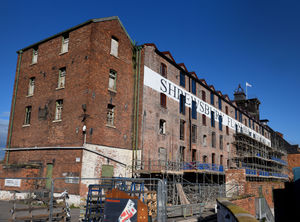
“However, the social change brought about by this very flax mill and the factory system in general is equally as important to British history. The associated urban migration, long, hard working hours and exploitation of children were catalysts for labour reform movements and legislation to improve conditions, including the 1833 Factory Act for which the government received testimony from former workers at Shrewsbury Flaxmill.
“The lost bell is a symbol of this huge societal shift, it oversaw the increased reliance on machinery, the dwindling fortunes of the flax industry, the change in purpose to a maltings and, after a brief silence whilst the building housed soldiers during the Second World War, it was given an electric chiming mechanism to ring out over the handful of workers at the Maltings.
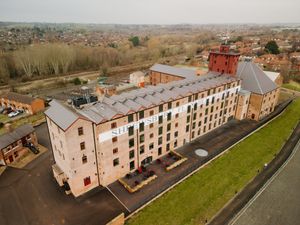
"It would be a fitting end to the incredible story of Shrewsbury Flaxmill Maltings if we could find the bell and restore it to its rightful place, providing today’s visitors with an audible connection to the site’s history and past generations of workers."
Opened in 1797 as a purpose-built flax mill, Shrewsbury Flaxmill Maltings has grown and been adapted for different purposes in the intervening years.
From 1897 to 1987, the site was used as a maltings and it even served as a temporary army training unit and barracks during the Second World War.
After the maltings closed in 1987, the buildings were left derelict until the organisation now known as Historic England bought the site in 2005 and, in partnership with Shropshire Council and the Friends of the Flaxmill Maltings, restored and breathed new life back into them.
As of April 1, Historic England has transferred the day to day running of the visitor attraction, comprising a self-guided exhibition and behind-the-scenes tours, to charity English Heritage.
For more information or to book tickets, visit www.english-heritage.org.uk/visit/places/shrewsbury-flaxmill-maltings





